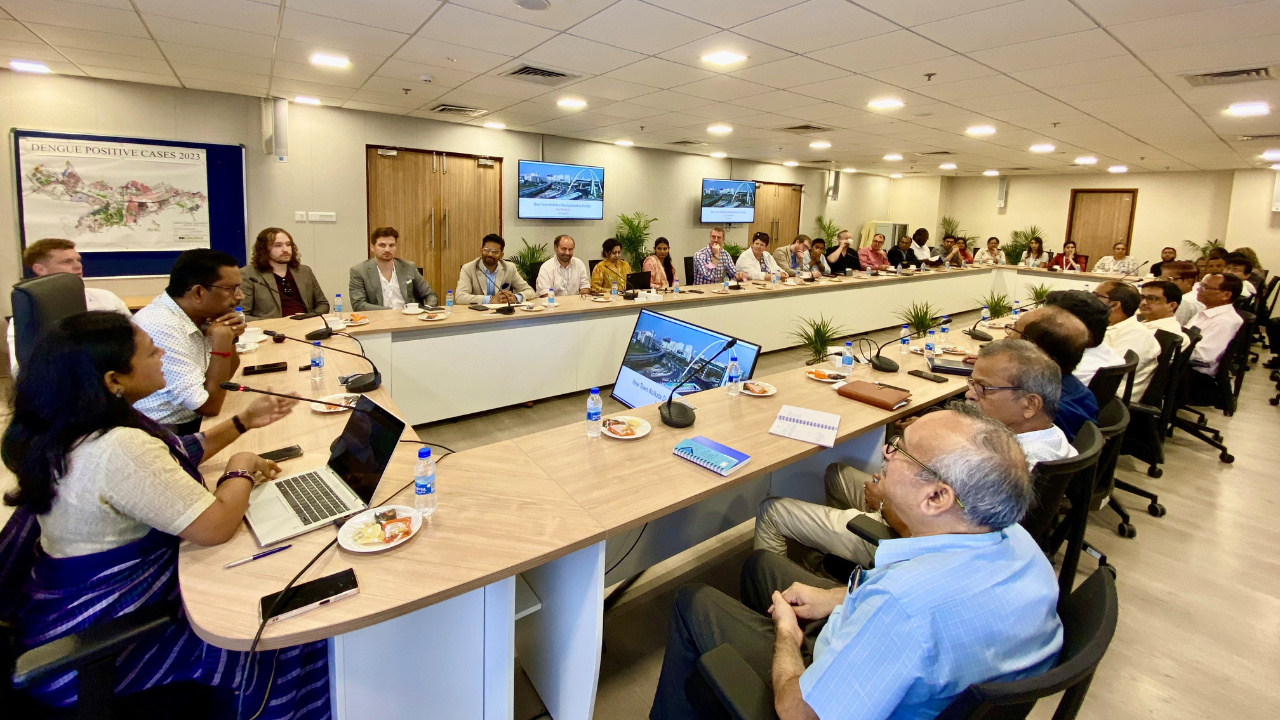From June 24th to 27th, 2023, the Society of Nuclear Medicine and Molecular Imaging (SNMMI) held its annual conference in Chicago, USA. During this high-level academic conference in the field of nuclear medicine, Professor Sijin.Li, former Chairman of the Department of Nuclear Medicine of the Chinese Medical Association and President of Shanxi Medical University, as a partner of United-imaging, announced a breakthrough technology called PMENN. introduced a breakthrough technology called PMENN. It is the world’s first real-time integrated synchronous brain imaging device combining magnetic resonance and optoelectrophysiology, representing a major breakthrough in the field of multimodal brain imaging devices.
The development of PMENN arose from the clinical challenges faced by current research in neurological disorders. The fundamental and clinical study of brain and neurological disorders typically requires the acquisition of multiple information modalities. However, conventional examinations only provide one or two-modal information in a single scan.
To meet these challenges, Professor Sijin Li innovatively proposed the scientific concept of “nuclear, magnetic, optical, electrical and multimodal” fusion and synchronization imaging. PMENN enables real-time synchronization imaging of five information modalities presented by PET, MR, EEG, ET, and NIRS, including nuclear medicine functional metabolism, magnetic resonance anatomy, brain electrical information, eye-brain connectivity, and near-infrared spectroscopy. This groundbreaking fusion technology offers PMENN several advantages. It enables synchronous, high-resolution, and multi-dimensional observation of brain neural activity in real-time, enabling the collection of multiple types of information, such as: B. Target metabolism, structural information, eye tracking compounds, neural discharges, and changes in oxygenated hemoglobin in the region of interest in a single scan. This breakthrough will help obtain brain-related information more efficiently, accurately and comprehensively, and provide technical support for both basic research and clinical practice. By overlaying the information provided by different modalities, PMENN generates fusion images of the five modalities, overcoming the limitations of poor match accuracy and inconsistent patient states associated with traditional multiple scan exams.
Currently, PMENN research is in its final stages and the first five-modal integrated device is nearing completion for clinical validation. In the future, it will lay a solid foundation for conducting brain science research in the human population.
PMENN has attracted attention in the field of nuclear medicine. At SNMMI, Dr. Chuan Huang, Director of the PET/MR Research Center at Emory University and former Chair of the SNMMI Symposium, highly praises PMENN, stating, “PMEEN provides a comprehensive one-stop solution for research into brain function.” PMEEN could be used for early diagnosis and treatment planning neuropsychiatric diseases in both clinical and research settings. I believe it could be the tool that could help neuroscientists to gain an in-depth understanding of neuronal function by combining electrical, blood-functional, molecular and anatomical information.”
In addition, during the SNMMI conference, President Sijin Li led the completion and presentation of several posters, including research findings evaluating nuclear medicine-based B-cell lymphoma treatment, acute myocardial infarction and salivary gland injury in thyroid cancer patients.
President Li Sijin announces a picture of PMENN on site at SNMMI





























